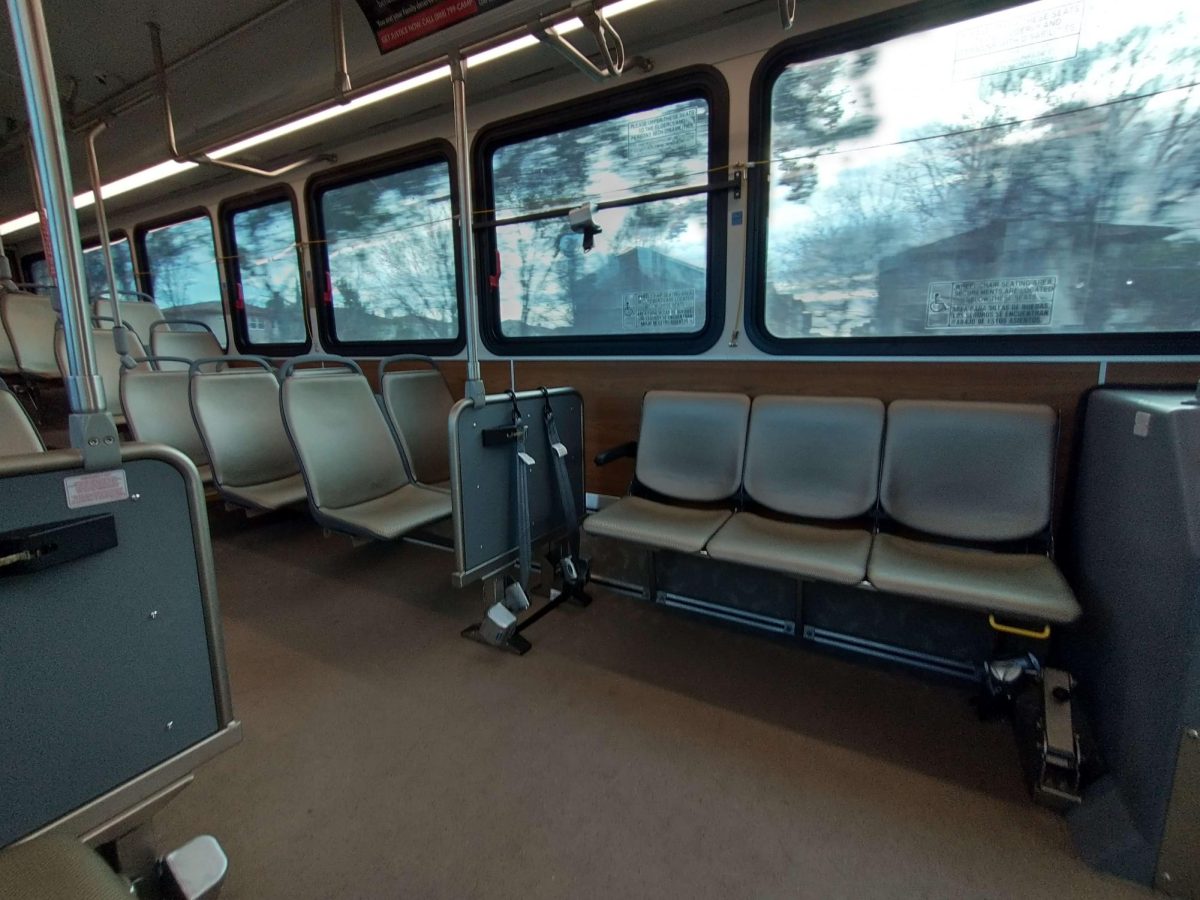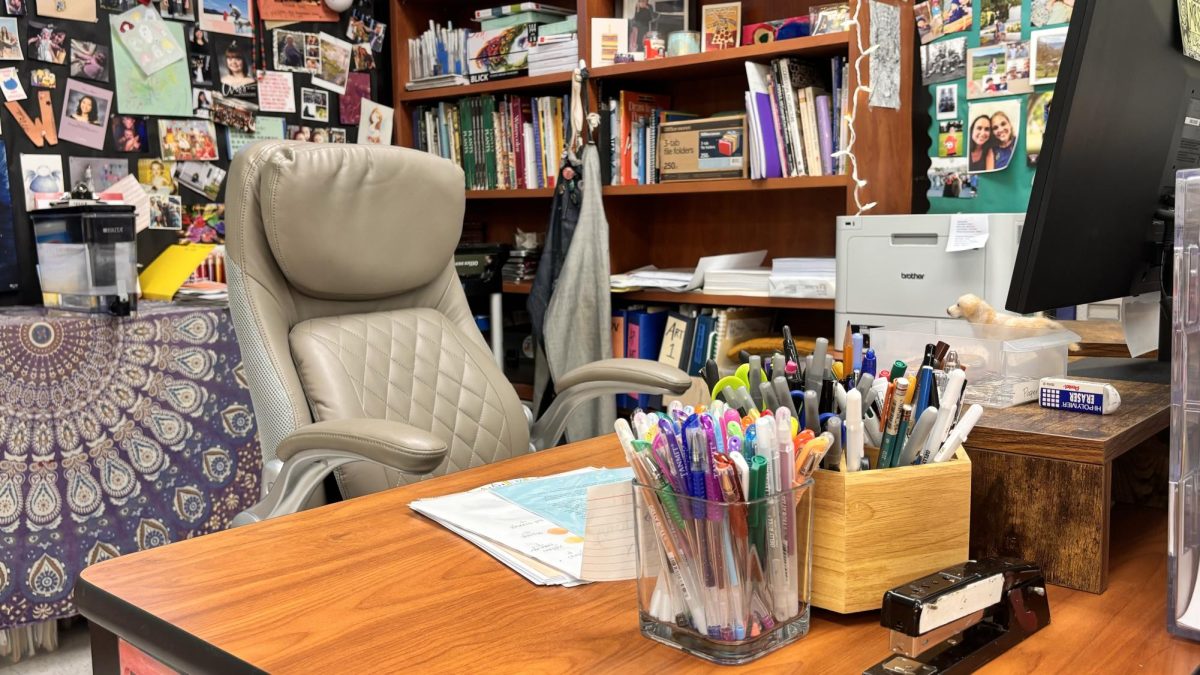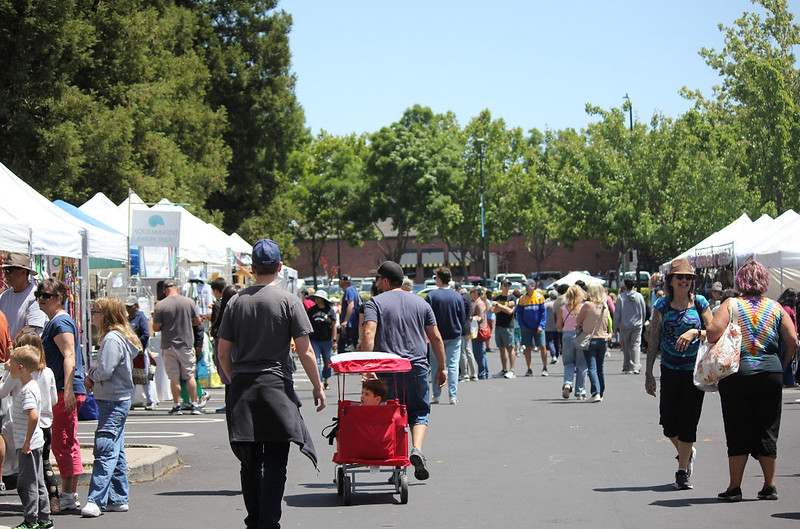The County Connection bus system offers convenient and affordable public transportation within San Ramon, yet struggles with long-distance transport and low attendance.
The network allows all citizens to navigate much of Contra Costa County, operating throughout Walnut Creek, Orinda, the Tri-Valley, and many East Bay Area cities.
“I take the bus home every day,” stated DVHS junior Leon Wang. “I think it’s a great method of transport, it even has WiFi inside. The line I take is [Route] 35, and it goes all the way to City Center.”
One of the major lines running through San Ramon is Route 35, which begins on Bollinger Canyon Road near the town’s City Center, traversing its way to the East Dublin BART station. From there, riders can access the bay’s most extensive public transportation system. On the weekdays a bus arrives at every station every 30 minutes, and hourly on the weekends.
“When I’m going home, [the travel time] is about the same as driving,” continued Wang. “It’s [also] similar to driving because it develops your independence.”
That quick local travel is largely noteworthy for students, as a bus stop sits just outside of every single public school in San Ramon. This makes it an easy way for students to safely reach home without having to rely on their parents. But outside of students returning home and going to school, the bus is practically unused.
“The bus is always kind of just in the background,” explained junior Surya Duraivenkatesh. “I mean how often do you see the bus? Not very.”
Very few people use the County Connection bus: compared to the San Francisco Municipal Transportation Agency (SFMTA), which transports 114 million people in San Francisco annually, County Connection only has an annual ridership of 3.5 million. This is a staggering difference when one considers that Contra Costa County has a higher total population than San Francisco.
“Every time I get on board there’s like one person,” said Duraivenkatesh. “[Sometimes] I take it at 6 p.m. or 7 p.m., that’s when people take it to get back home. So you see like five people.”
Wang expressed similar concerns: “I feel like a lot of people these days have their own cars. Not many people that own a car will want to use the bus,” he said.
According to a 2019 Contra Costa County employee commute survey, only 1% of people use public transit as their primary mode of transportation, far below the nation’s average of about 5%. Driving alone was the number one method of transport for workers, and the most widely held reason for their commute of choice was travel time, accounting for 73% of commuters.
“If you [want to] go to the BART station it takes at least 40 minutes [by bus],” explained Duraivenkatesh. “And you have to add 15 minutes for the amount of time it takes to wait because sometimes [the bus] is late.”
Evidently, for destinations outside a few miles radius, the travel time of the bus falls short of other vehicles. As expressed by Duraivenkatesh, the amount of bus stations that the driver must pause at during the trip makes riding for more than a handful of stops an ineffective mode of transport:
“The LOT is really the only place that’s within [our] vicinity that’s worth it. Anything shorter you’re only going one mile or half a mile, but for that [distance] it’s not worth it.”







